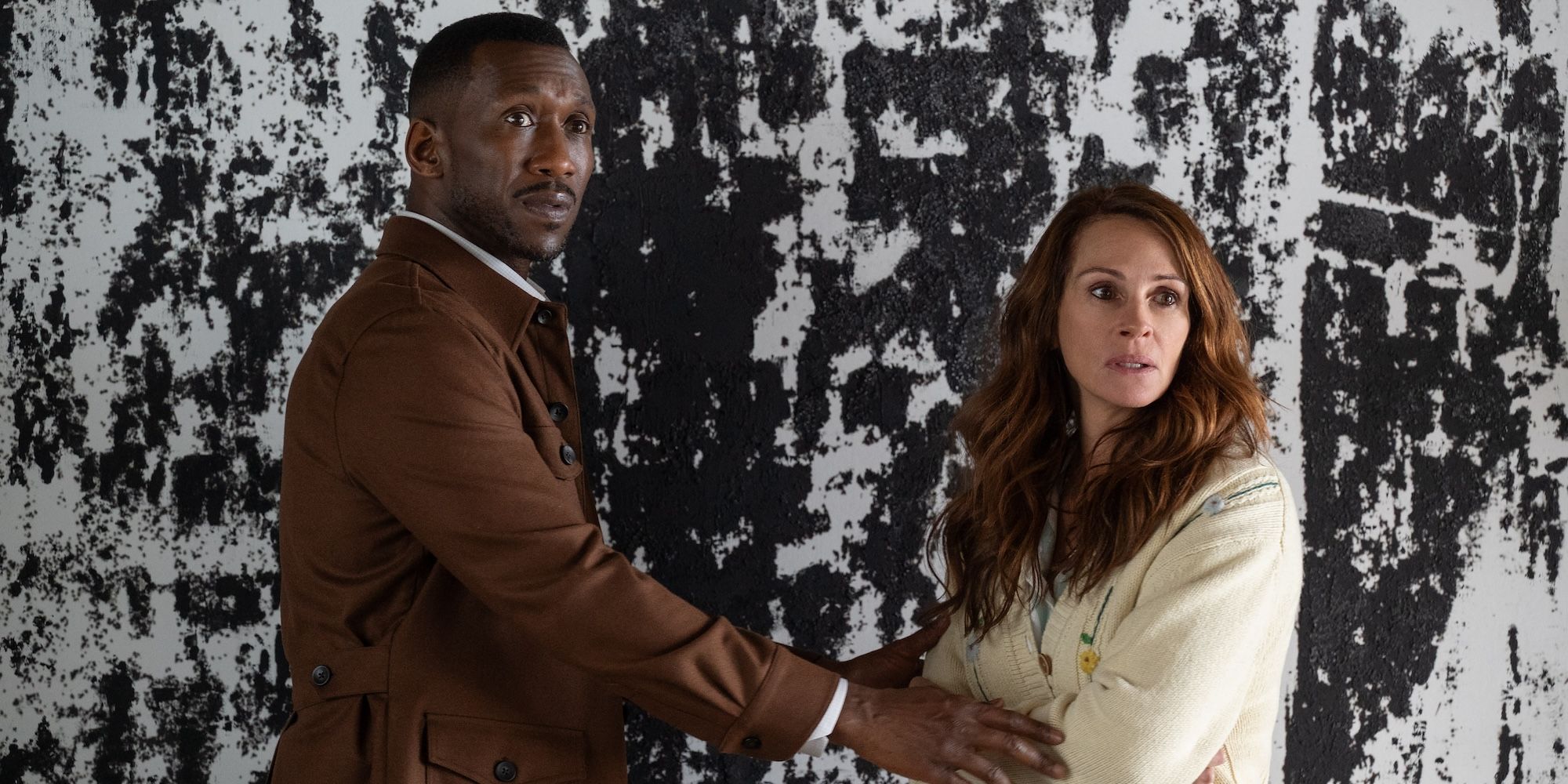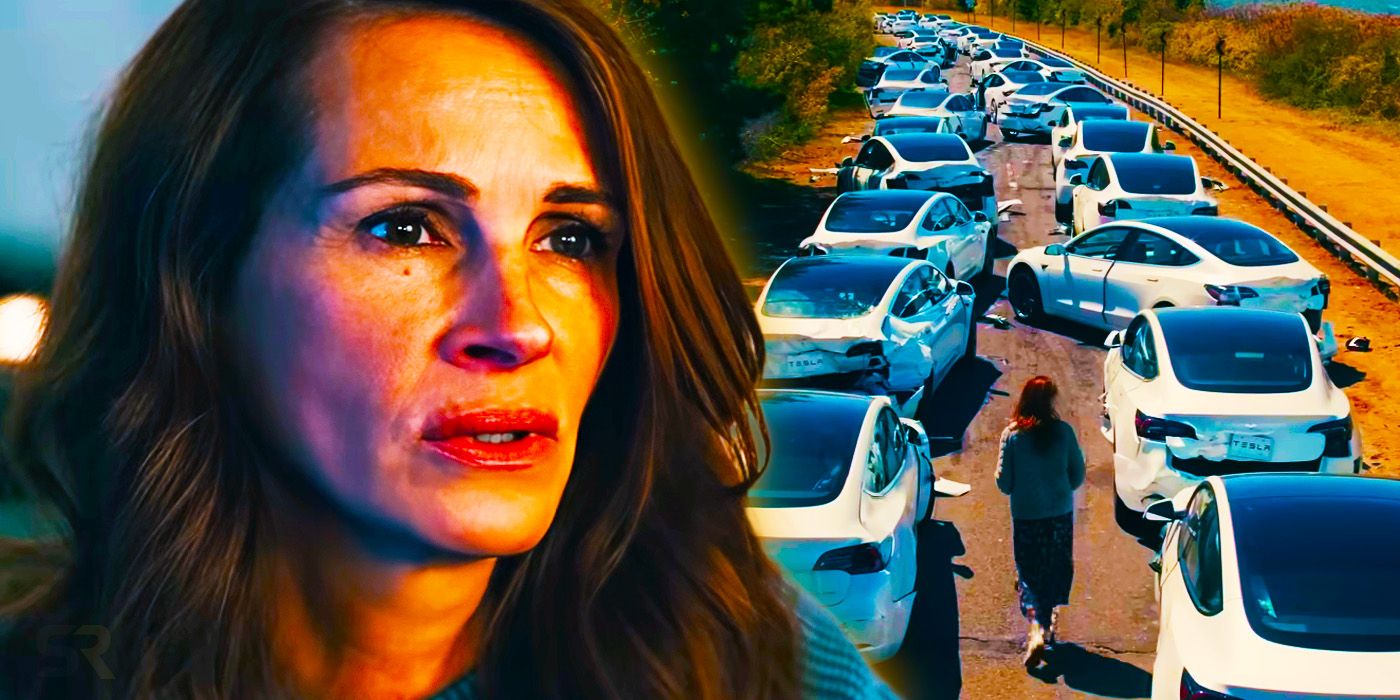
The Art of Adaptation: Leave The World Behind Director's Justification for Altering the Book

Leave The World Behind Director Defends Bold Book Adaptation Choices: Unveiling the intricate art of reconstructing narratives, this article delves into the visionary director's perspective on transforming the beloved novel into a cinematic masterpiece
The article contains SPOILERS for Leave the World Behind.
Article Overview
Sam Esmail, director of Leave the World Behind, defends the changes made in the film adaptation, emphasizing the need to recontextualize the source material in every adaptation. According to Esmail, a direct adaptation seldom succeeds in cinema, and it is crucial to find innovative ways to reconstruct the story in order to achieve success.
Before making significant changes to the film adaptation of Leave the World Behind, director Sam Esmail consulted with author Rumaan Alam. Esmail defended the changes he made, stating that every adaptation should make similar adjustments. The new Netflix original movie follows two families brought together by circumstance during a nationwide cyberattack, maintaining the premise of Alam's original novel but incorporating significant changes to character roles and providing a clearer explanation of the events.
On The Big Picture Podcast, Esmail defended the changes made to the book version of Leave the World Behind, insisting that every adaptation should embrace a similar mindset. The director stressed the importance of making changes in order for an adaptation to resonate with its new audience in a different medium. He emphasized the need to recontextualize and reconstruct the story in a cinematic medium, rather than adhering to a one-to-one ratio from the original book. Esmail explained that he communicated this approach to the author, Rumaan Alam, before discussing it with Julia Roberts, and focused on visualizing the setpieces as he reworked the story.
Leave The World Behind's Big Book Changes Explained
The ending of Leave the World Behind differs significantly between the book and the movie. In the book, the exact cause of the cyberattack, strange animal behavior, and other anomalies is left up for interpretation. However, in the movie, there is a heavy indication that the United States is under attack from a military coup, as emphasized by G.H. presenting this theory to Clay before a scene showing bombs falling on New York City.
Additionally, the movie includes changes such as Ruth taking on the role of G.H.'s wife, who accompanies him to the vacation home in the novel. There are also added scenes, such as self-driving Teslas crashing on the road and Rose watching Friends after finding the bunker Danny mentioned. While these scenes may not have been in the original story by Alam, they serve to emphasize the terrifying mystery built throughout the film.
Where were the scenes for the Netflix disaster movie Leave the World Behind shot? Take a closer look at the filming locations of the 2023 psychological thriller, which follows a family experiencing mysterious events while on vacation.
While Esmail could have chosen to keep Leave the World Behind as a strictly faithful adaptation, it was crucial to include original scenes in order to effectively convey the story in a visual medium. A direct book-to-movie adaptation may have left movie audiences feeling unsatisfied, as the exact cause of events would have remained ambiguous. By making adjustments to the original story, the director successfully transformed the source material into a more suitable film adaptation.
Editor's P/S
As a Gen Z fan, I appreciate the director's bold approach in adapting the novel "Leave the World Behind" into a cinematic masterpiece. The art of adaptation requires a delicate balance between staying true to the source material and making necessary changes to resonate with a new audience. Sam Esmail's decision to recontextualize the story and incorporate significant changes demonstrates his understanding of the unique demands of the cinematic medium.
The director's defense of his choices, particularly his consultation with the author Rumaan Alam, shows a commendable respect for the original work. By seeking Alam's input, Esmail ensured that the essence of the story remained intact while allowing for creative liberties that enhanced the film's impact. The changes made, such as providing a clearer explanation of the events and altering character roles, add depth and clarity to the narrative, making it more accessible and engaging for a wider audience.















